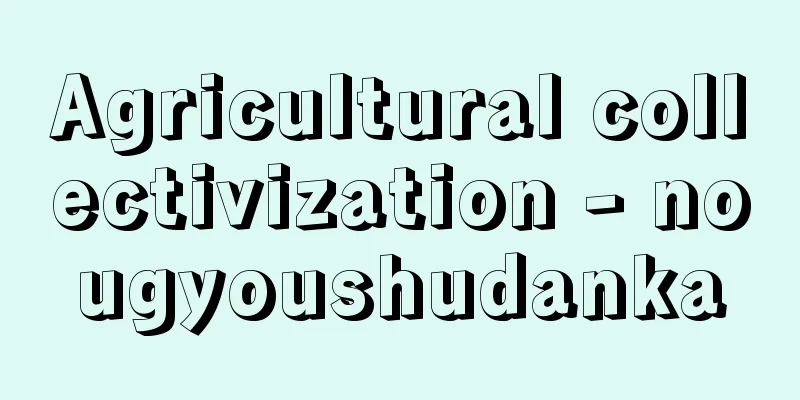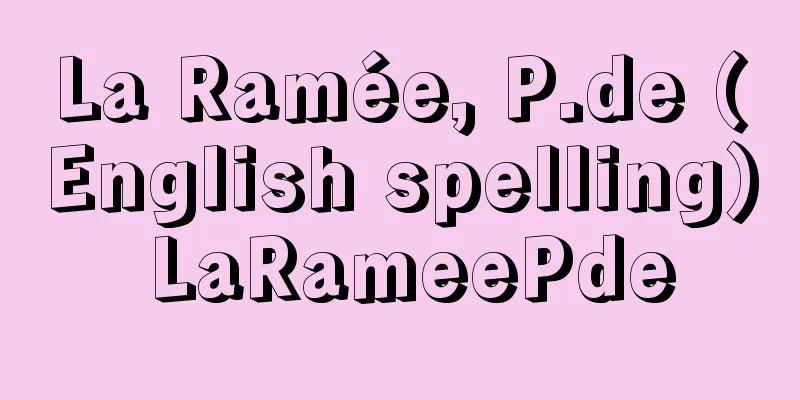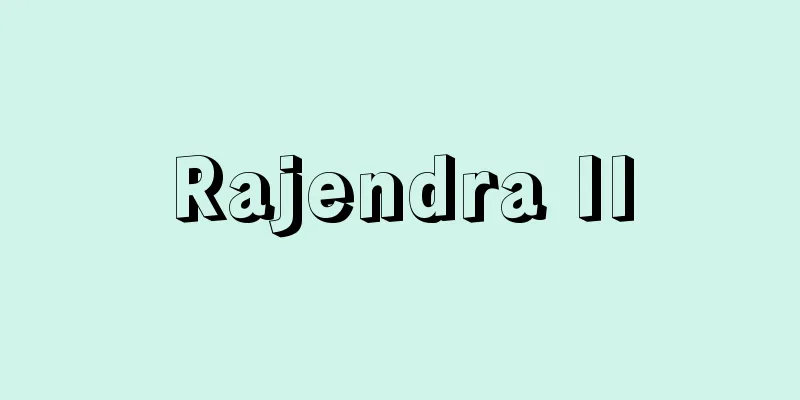Agricultural collectivization - nougyoushudanka

|
The Soviet authorities, who were about to start industrialization through the first five-year plan, adopted a policy aimed at significantly increasing the grain procurement rate, which was necessary to feed urban workers and the military and increase exports. At the 15th Party Congress in December 1927, it was resolved to reform Russian rural areas, which were mostly individual farmers, by forming kolkhozes (hence the congress was called the "Congress on Collectivization"). The peasants strongly opposed this, killing large numbers of livestock, and there were frequent cases of arson and murder. Bukharin opposed collectivization and was expelled from the Politburo. In November 1929, Stalin wrote "The Year of the Great Turnaround" and began full-scale collectivization with the slogan "the extermination of the rich peasants as a class." However, the distinction between the rich peasants and the middle and poor peasants was not clear, and they were arbitrarily selected based on their attitude toward collectivization. The "rich peasants" had their property taken away, were sent to concentration camps, or were exiled to Siberia. It is said that the number of such peasants reached 10 million, and several million died. In 1932, the collectivization rate reached 60% of all farms and 70% of the sown area, but grain production actually declined and the number of livestock in particular fell sharply. Agricultural collectivization was called Stalin's "revolution from above," and not only did it devastate rural areas, it was also one of the factors that brought about a totalitarian structure and an atmosphere of terror throughout Soviet society. Source: Encyclopaedia Britannica Concise Encyclopedia About Encyclopaedia Britannica Concise Encyclopedia Information |
|
第1次5ヵ年計画による工業化を開始しようとしていたソ連当局が,都市労働者と軍隊を養い,輸出を増大させるために必要な穀物調達率の大幅な向上を目指してとった政策。 1927年 12月の第 15回党大会では個人農が大半を占めるロシア農村を,コルホーズの結成により改造することを決議した (それによりこの大会は「集団化の大会」と呼ばれた) 。農民はこれに強く反発し,大量の家畜を殺し,放火や殺人事件も頻発した。ブハーリンは集団化に反対して,政治局を除名された。スターリンは 29年 11月『偉大なる転換の年』を書き「階級としての富農の絶滅」をスローガンに全面的集団化を開始した。しかし富農と中農・貧農との区別は明確ではなく,集団化に対する態度によって恣意的に選び出された。「富農」は財産を奪われ,強制収容所に送られ,あるいはシベリアへ流刑になった。このような農民は 1000万人に達し,数百万人が死亡したといわれる。集団化率は,32年に全農家の 60%,播種面積の 70%に達したが,穀物生産はむしろ減少し,家畜頭数はとくに大幅に減少した。農業集団化はスターリンの「上からの革命」といわれ,農村を荒廃させたばかりでなく,ソ連社会全体に全体主義的構造と恐怖政治の雰囲気をもたらす一因となった。
出典 ブリタニカ国際大百科事典 小項目事典ブリタニカ国際大百科事典 小項目事典について 情報 |
<<: Agricultural population - nougyoujinkou
Recommend
Kazuma
This area is located in the western part of Hinode...
Herschel, J.
...A photographic method that uses the photosensi...
Moriaki Araki
1927-1993 A Japanese history scholar from the lat...
Kobu Art School
Japan's first national art school was establis...
Jing Ke (English spelling)
? - 227 BCE An assassin from China's Warring S...
Awaji Province - Awaji no Kuni
The old name of Awaji Island, Hyogo Prefecture. I...
Pure Land Art
Art created based on Pure Land Buddhism (Pure Lan...
Sir
〘Noun〙① (Sir) In the UK, this is an honorific used...
Oshio Chusai
...He was a yoriki (police officer) at the Higash...
"Akita Jiranki" - Akitachiranki
...An incident that occurred around 1755-57 (5-7t...
Corn oil
Corn kernel oil. High in linoleic acid, it is an e...
Transfer of learning
A psychological term. The influence of previous le...
Hiroshi Okumura
1889-1964 A Western-style painter from the Taisho...
Hawk Moth - Hawk Moth
An insect of the Lepidoptera family, Sphingidae. I...
Ishibutai Tomb - Ishibutai Tomb
<br /> An ancient tomb from around the 7th c...









